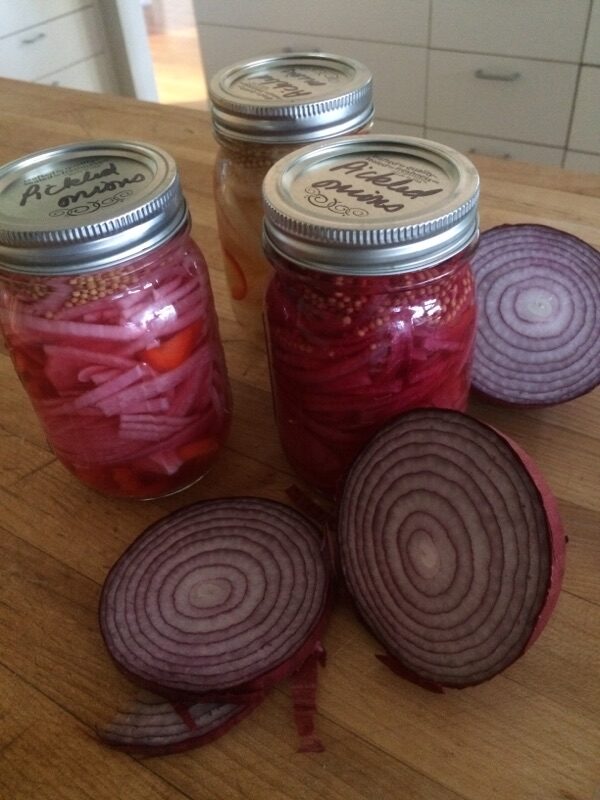Pumpkin is a food squash that is good for more than just jack-o’-lanterns, lattes and Thanksgiving pies. It turns out that pumpkin has a host of health benefits and among dietitians it is known as a “superfood”. Registered dietitian Jennifer Teems at Piedmont Health in Georgia said many people just gut their pumpkins, carve their lanterns and throw out the good stuff. However, they are missing all of the health benefits because pumpkin is very high in fiber, which helps you feel full and promotes digestive health. It also is rich in vitamin A, which is key for healthy vision, proper cell growth and a strong immune system.
Pumpkins, which are native to the Americas, are a type of winter squash. Technically, pumpkin is a fruit because it contains seeds. However, nutritionally it is more like a vegetable. Pumpkins are categorized as a nutritional powerhouse and they are low in calories. One cup of cubed pumpkin is just 30 calories and one cup of pumpkin puree contains only 80 calories. Make sure to read the label on pumpkin pie mixes.
Pumpkin seeds also have health benefits. They contain tryptophan, an amino acid that helps the body produce sleep-promoting serotonin. They’re rich in antioxidants like beta-carotene, which help protect against cancer, fight inflammation and improve skin appearance. Researchers at the University of Warwick, Coventry, England, are reporting that eating pumpkin on a regular basis may help with weight loss and even reduce the risk of cancer.
Josh Gibbs, a plant-based nutritionist researcher with the University of Warwick, said it’s easy to see pumpkins as a novelty vegetable, used more for seasonal decorations than in our diets. “But there are plenty of reasons why we should be eating more of this vegetable, which is cheap, easy to grow and rich in antioxidants and vitamins,” said Gibbs.
Alongside their nutritional benefits, pumpkins are good for the environment and affordable. Richard Napier, a professor at the School of Life Sciences, University of Warwick, said pumpkins are generally trouble free and fun to grow, but watch out for slugs. “Since pumpkin is around 90% water, it is relatively low in calories compared to other vegetables,” said Gibbs. It contains beta-carotene, which gives a pumpkin its distinct orange color. Beta-carotene is a carotenoid, a group of molecules that have antioxidant properties that are converted into vitamin A.
Vitamin A is essential for eye health. “High intake of beta-carotene reduces the risk of cataracts and macular degeneration. Vitamin A also improves the immune system and helps to keep your skin healthy. Make sure to combine pumpkin with a healthy source of fat like olive oil as vitamin A is fat soluble so is better absorbed in the presence of fat,” said Gibbs.
Pumpkins contain high levels of lutein, lycopene, and vitamin C. High antioxidant intake is protective against cancers and cardiovascular diseases by reducing DNA damage and inflammation “Most of us throw out arguably the most nutritious part of pumpkin, which are the seeds. Pumpkin seeds are an excellent source of fiber, protein, unsaturated fatty acids, minerals like zinc, and vitamin E. Regular pumpkin seed consumption has been shown to lower bad cholesterol and is associated with lower risk of breast cancer,” said Gibbs.
A versatile food, pumpkin can be prepared in many ways, such as roasted, grilled, steamed, baked, boiled, blended, and even zapped in the microwave. It is available year-round, with less added salt and sugar than many other canned produce. Gibbs recommends roasting pumpkin seeds in the oven and having them for a snack or sprinkle them into soup and salads.
A pumpkin’s orange color is a sign that it’s packed with potassium, which helps lower blood pressure, strengthen the bones, and reduce your risk of stroke and kidney stones. Rich in vitamins A and C, pumpkin promotes collagen production, leading to healthier, glowing skin. The antioxidants in pumpkin also help reduce inflammation and protect against UV damage, keeping skin looking youthful.
Currently, pumpkin is being added to coffee, candy, desserts, cereal, cream cheese, power bars, and the list goes on. Even though the ingredients of pumpkin spice can be good for you, the foods they are most popular in may contain a lot of added sugar. A 16-ounce pumpkin spice latte has an estimated 50 grams of sugar. The American Heart Association recommends that men consume no more than 36 grams of added sugar each day and women no more than 25 grams. So, if you want to indulge in pumpkin treats and reap the health benefits, just remember to check the added sugar, which is present in a lot of processed foods. Nutritionists caution that pies, muffins and cakes may not always be a great choice. Instead, they recommend pumpkin soups and stews.
John Schieszer is an award-winning national journalist and radio and podcast broadcaster of The Medical Minute. He can be reached at medicalminutes@gmail.com.

















